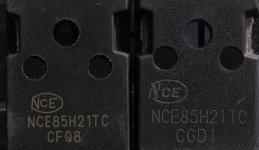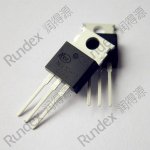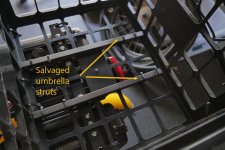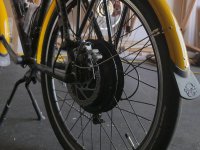Slightly OT, but:
The worst problem with capacitors doesn't even require they be counterfeit. If you look up "Capacitor Plague" there's plenty of explanation about the details, but essentially it comes down to problems with the formulation and manufacture of the electrolyte itself.
Going cheaper on that may mean it has a lower boiling point, or that it's chemical structure allows outgassing from electrolisys, etc. Either of those causes early failure of the caps, and even earlier when exposed to heat or conditions causing high ripple currents. Affects the capacitor's various specs, too, but the main issue is that as the electrolyte fails, it lessens the capacitance and increases the resistance, which means the cap doesn't do the job it is there to do as well, and eventually at all.
Sometiems they actually explode from the outgassing, usually once they reach some critical point where the extra resistance and higher ripple causing higher heating cuases more electrlyte loss causing more heat and so on.
(Sometimes they explode because poor QC of the boards they're in doesn't find that they were put in backwards.

But that will happen wiht *any* cap regardless of how good it is. :/ )
I've seen batches of even really good cap brands have bad electrolyte; where they all just fail with the swelling, or just plain venting / exploding.
After the problem first started, early this century I think, it was hard to be sure you'd get good caps, because even when manufacturers recalled their production, and recycled them, whoever was supposed to do taht didn't, and instead resold them back into the parts supply line.... I expect even now this still occurs, with everything from batteries to caps to FETs to every possible type of component. Instead of being recycled for raw materials, bad batches of parts instead simply get resold as new stuff via other supply channels. And it causes no end of grief to end users and companies trying to use and build quality stuff, because just about every facet of the parts supply chain is "infected" with these bad batches of everything imaginable.






